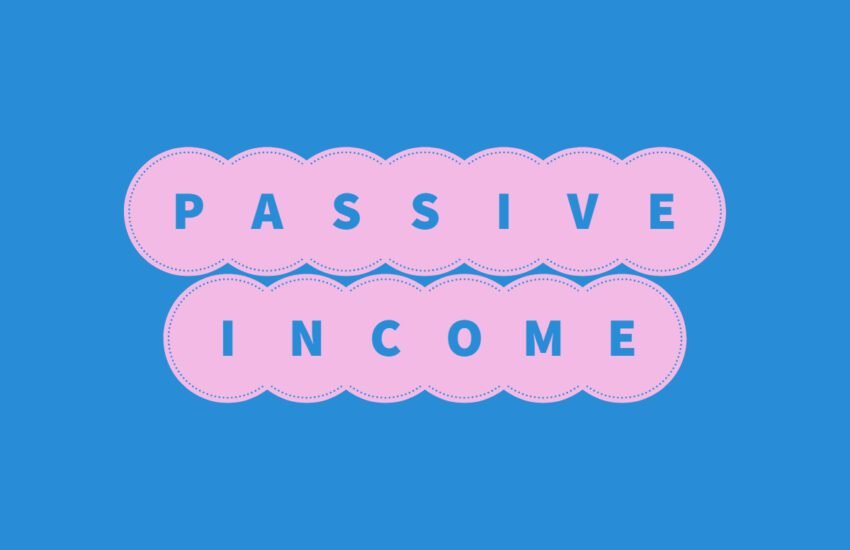What is a Long Tail Keyword?
What is a Long Tail Keyword
A long-tail keyword is a specific and highly targeted phrase that typically consists of three or more words.
Unlike shorter, more general keywords, long-tail keywords are more specific and niche-oriented, often reflecting the searcher’s intent with greater precision.
For example, while a short-tail keyword like “shoes” may have high search volume, it is also highly competitive, making it difficult for smaller businesses to rank for.
On the other hand, a long-tail keyword like “women’s running shoes for flat feet” is more specific and has lower search volume but also lower competition.
Importance of Long Tail Keywords
Long-tail keywords are valuable in search engine optimization (SEO) and digital marketing strategies because they allow businesses to target highly relevant audiences who are more likely to convert.
By incorporating long-tail keywords into their content, websites can attract qualified traffic and improve their chances of ranking higher in search engine results pages (SERPs).
Additionally, long-tail keywords often indicate a higher level of user intent, as searchers using these phrases are typically looking for very specific information or solutions to their problems.
This makes long-tail keywords particularly valuable for businesses seeking to capture users at different stages of the buying journey and provide them with relevant and valuable content.
Understanding Keywords
In the world of search engine optimization (SEO), keywords play a crucial role in helping websites rank higher in search engine results pages (SERPs).
When it comes to choosing the right keywords for your website, you may have come across the term “long tail keyword.”
But what exactly is a long tail keyword, and how is it different from regular keywords?
Before diving into long tail keywords, it is essential to understand the basics of keywords.
Keywords are specific words or phrases that users enter into search engines when looking for information, products, or services.
For example, if someone is searching for a recipe for chocolate chip cookies, they might enter the keywords “chocolate chip cookie recipe” into a search engine like Google.
Keywords are vital because they help search engines understand the content of a webpage and determine its relevance to a user’s search query.
By optimizing your website for relevant keywords, you increase the chances of your site appearing higher in the search results, driving more organic traffic to your site.
Introducing Long Tail Keywords
A long tail keyword is a more specific and longer phrase that typically consists of three or more words.
Unlike generic keywords, which are broader and more competitive, long tail keywords are more targeted and specific. They often have lower search volume but higher conversion rates.
Let’s take the previous example of “chocolate chip cookie recipe” as a generic keyword.
A long tail keyword variation could be “easy homemade chocolate chip cookie recipe without eggs.”
While the search volume for this long tail keyword might be lower, it is more likely to attract users who are specifically looking for an eggless recipe for chocolate chip cookies.
The Benefits of Long Tail Keywords
There are several advantages to incorporating long tail keywords into your SEO strategy:
1. Less Competition:
Long tail keywords are typically less competitive than generic keywords. As a result, it may be easier to rank higher in the search results for long tail keywords, especially if your website provides valuable and relevant content.
2. Higher Conversion Rates:
Since long tail keywords are more specific, they attract users who are further along in the buying process.
These users are more likely to convert into customers or take the desired action on your website, such as signing up for a newsletter or making a purchase.
3. Improved Relevance:
Long tail keywords allow you to target a specific audience and provide them with highly relevant content.
By addressing their specific needs or queries, you can establish your website as a valuable resource and build trust with your audience.
4. Enhanced User Experience:
By incorporating long tail keywords into your content, you can create a better user experience.
Users who find your website through long tail keywords are more likely to find the information they are looking for, leading to increased engagement and a lower bounce rate.
Using Long Tail Keywords Effectively
When using long tail keywords in your SEO strategy, it is essential to keep the following tips in mind:
1. Research:
Conduct thorough keyword research to identify relevant long tail keywords for your website.
Use keyword research tools or analyze search engine autocomplete suggestions to find popular long tail keyword variations.
2. Content Optimization:
Optimize your website’s content by incorporating long tail keywords naturally. Avoid keyword stuffing or overusing long tail keywords, as this can negatively impact your website’s ranking and user experience.
3. Create High-Quality Content
Create high quality content for your blog in order to rank organically, after you know which long tail keywords you want to target for your blog.
Conclusion
Long-tail keywords play a significant role in search engine optimization and digital marketing strategies.
While they may have lower search volume compared to shorter, more general keywords, long-tail keywords offer the advantage of targeting highly specific and niche audiences.
By incorporating long-tail keywords into their content, businesses can attract qualified traffic, improve their search engine rankings, and increase their chances of converting leads into customers.
Furthermore, long-tail keywords often indicate a higher level of user intent, allowing businesses to tailor their content to address the specific needs and preferences of their target audience.
As the digital landscape continues to evolve, leveraging long-tail keywords effectively can provide businesses with a competitive edge, enabling them to reach and engage with the right audience at the right time.
In order to rank using long tail keywords, you have to be very specific on which words you are targeting. Once you use an analytics tool to decide which words are suitable for your blog, write high quality content.


